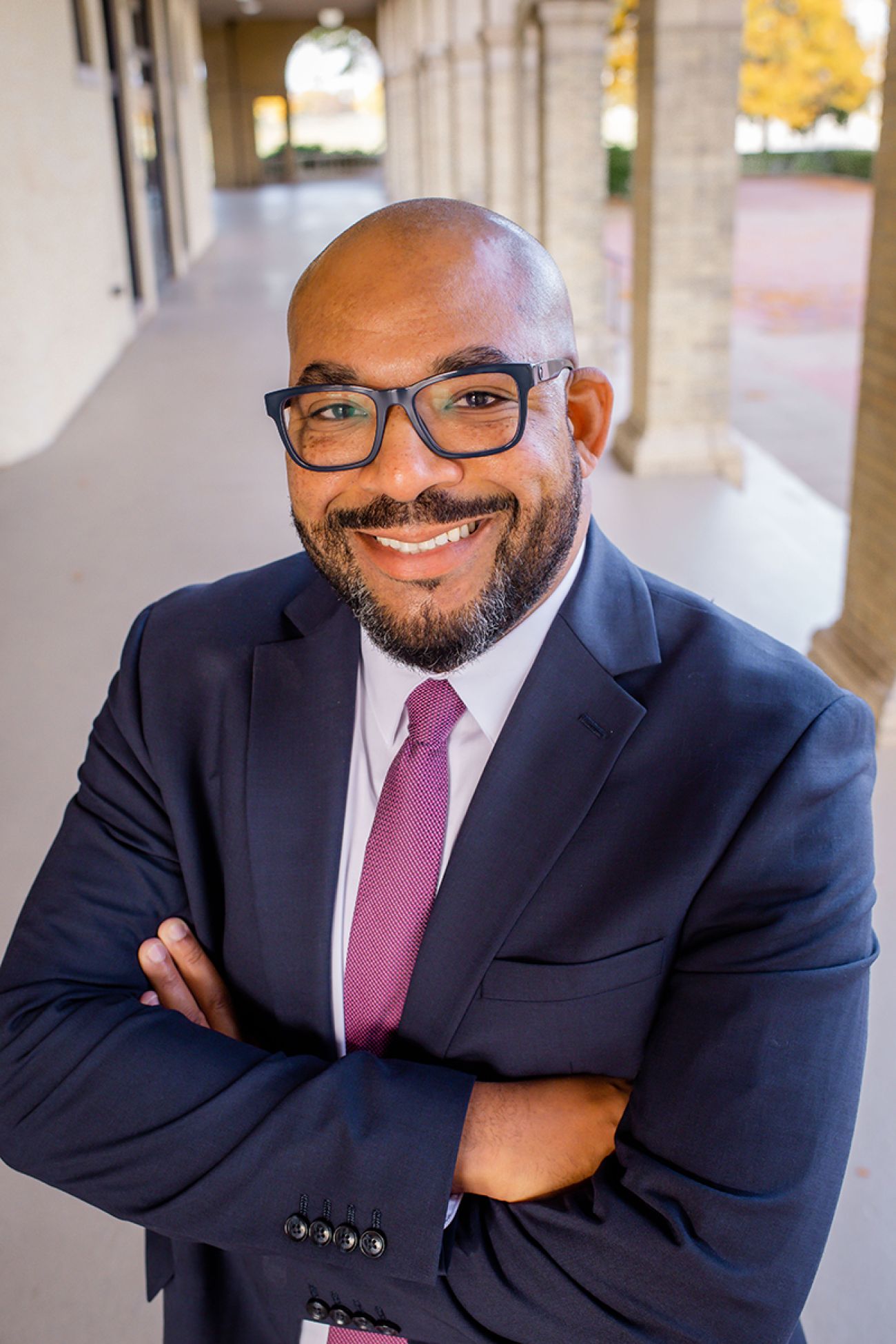Opinion | How philanthropy can help nonprofits meet the moment
Our nation’s social safety net may soon unravel before our eyes. As the CEO of MiSide, a Detroit-based nonprofit providing housing, early childhood education, employment support, and behavioral health services, I see potential threads being pulled with every congressional budget discussion.
If Medicaid reforms, rental assistance cuts, Head Start reductions, and other proposed funding eliminations currently under debate in Washington become reality, the fallout for vulnerable individuals and families across the country will be devastating.

Proposed changes to the Medicaid program alone, which currently covers 1 in 5 Americans and 2.6 million Michigan residents, would eliminate health care coverage for an estimated 700,000 to 1 million Michiganders, according to a recent report from the Michigan Department of Health and Human Services. And let’s be clear, these likely aren’t temporary budget cuts — they’re more likely the beginning of a deeper, structural shift in how we care for those in need.
Across the country, philanthropic leaders are asking how they can “meet the moment.” I applaud their urgency, openness, willingness to adapt — as well as their commitment to hearing directly from nonprofits about what’s truly needed. However, many assume the solution is simple: fill the funding gaps left by the federal pullback. But philanthropy alone can’t replace public investment – and many argue it shouldn’t. That’s why, when funders ask me how they can help nonprofits, I’ve been suggesting the following:
1. Support consolidation to improve impact, reduce overhead, and eliminate duplication: This can be accomplished by facilitating the formation of collaborative groups and funneling funding through them to maximize coordination, encourage sharing of administrative functions and support mergers and affiliations.
The number of nonprofits in the US has nearly doubled in the last 25 years, and many foundations’ leaders speak privately about the need to reduce industry duplication and increase collaboration and consolidation. In the current environment, this is especially necessary as available resources plummet while need continues to grow. The formation of MiSide itself was the result of a merger between Development Centers and Southwest Solutions in late 2023, to expand our community impact, improve our infrastructure and become more efficient
2. Support capacity building: While some funders may try to offset federal funding cuts, philanthropy lacks the resources to replace government funding. In the short term, gap and transition funding may be helpful — especially for services that are difficult to fund through other means. In the long term, nonprofits could benefit more from support designed to build capacity. Doing this could help streamline operations and support piloting or startup of alternative funding models, such as earned income activities, scholarships, and business-to-business services. Expanding these kinds of ventures may require a larger initial investment but could be the most sustainable approach to serving vulnerable populations in the future.
3. Support endowment building: Social impact organizations generally lack adequate funds to build large reserves to help cushion difficult transitions, build capacity, fund major pivots or support innovation. Gifts to build endowments and reserves can address this need. The success of the Michigan Central Station Children’s Endowment Initiative — which raised nearly double its $10 million initial goal — is an example of how such funding tools can help nonprofits ensure sustainability, while shielding future operations from funding disruptions and related service changes.
4. Support innovative solutions: While many nonprofit services rely on government or philanthropic funding, there are alternative models. Funders could provide planning grants to help nonprofits explore and launch models from our past, such as mutual aid programs and community loan centers, as well as international models like lending circles and microloans. There are also innovative programs operating at nonprofits around the US, including social enterprises, peer support solutions, impact investment and others. Many of these models could have lower costs to operate and could improve both capacity and impact in the sector.
5. Support advocacy: 10% of the population works in the nonprofit sector, yet the impact of our work is often overlooked in our nation’s capital. This is due, in part, to limited investment in nonprofit advocacy — especially since many funding streams forbid use in this manner. The time is ripe to equip organizations and coalitions to tell their stories and fight for their communities in ways they haven’t before. This type of funding may be the best tool to minimize potential cuts to vital services, and to foster future growth.
These are difficult times for nonprofit organizations, the foundations that support them and the broader philanthropic community. But the outpouring of concern and willingness to help is inspiring. We should harness this opportunity to not only respond to urgent needs that arise, but to also address some of the longstanding issues in our sector. Let’s work together and respond strategically to these challenges.
See what new members are saying about why they donated to Bridge Michigan:
- “In order for this information to be accurate and unbiased it must be underwritten by its readers, not by special interests.” - Larry S.
- “Not many other media sources report on the topics Bridge does.” - Susan B.
- “Your journalism is outstanding and rare these days.” - Mark S.
If you want to ensure the future of nonpartisan, nonprofit Michigan journalism, please become a member today. You, too, will be asked why you donated and maybe we'll feature your quote next time!




